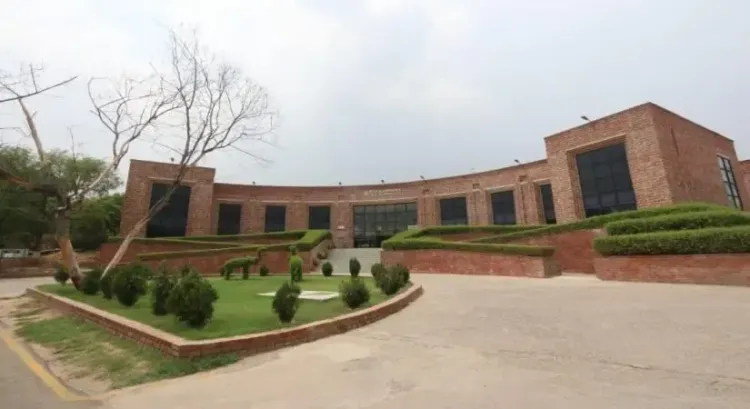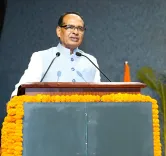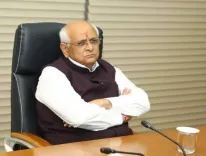Are India’s higher education institutions set for an 11% revenue boost?

Synopsis
Key Takeaways
- Projected revenue growth of 9-11% in FY2026.
- Factors driving growth include increased enrolments and new courses.
- Stricter student visa norms may favor Indian institutions.
- Challenges include high costs and infrastructure deficits.
- Gross enrolment ratio has reached 28% in AY2022.
New Delhi, June 24 (NationPress) The revenue generated by higher education institutions in India is projected to grow by 9-11 percent in FY2026, mirroring the growth forecast for FY2025. This anticipated increase is attributed to factors such as expanding seat capacities, rising enrolments, and the introduction of new courses, as stated in a report published by rating agency ICRA on Tuesday.
Furthermore, stricter student visa regulations in the US, UK, and Canada are expected to benefit Indian higher education institutions in the near to medium term. ICRA’s evaluation indicates that the credit profiles of these institutions, particularly those focused on the medical field, have shown consistent improvement over the years.
With approximately 15-20 percent of India's population falling within the 15-24 age demographic and increasing literacy rates, the demand for higher education in the country is anticipated to rise significantly in the coming decade.
While the surging costs of higher education pose challenges, enhanced access to education loans from various financial institutions has been a supportive factor for students aspiring for higher education. Additionally, the central government's expenditure on higher education has doubled over the past decade, which, combined with an increase in the number of universities from 642 in AY2011 to approximately 1,189 as of AY2025, has resulted in substantial revenue growth for major universities, according to the report.
Robust admissions, alongside annual fee increases of about 6-8 percent, have contributed to a strong compounded annual growth rate (CAGR) of 15 percent in revenue for these colleges during FY2020-FY2024.
Suprio Banerjee, Vice President at ICRA, remarked: "The higher education sector in India is set for expansion due to sustained demand, rising disposable family income, improved credit access, and increased government focus and private sector involvement, particularly in the medical and engineering fields. However, the sector faces challenges such as fragmentation, inadequate infrastructure, affordability issues, employability concerns, a lack of qualified faculty, and high regulatory constraints."
The gross enrolment ratio (GER) for higher education has climbed over the years to around 28 percent in AY2022, up from 21 percent in AY2012. The NEP 2020 aims to elevate the GER in higher education to 50 percent by 2035, reflecting both ambition and the vast untapped growth potential of the sector, the report concluded.








